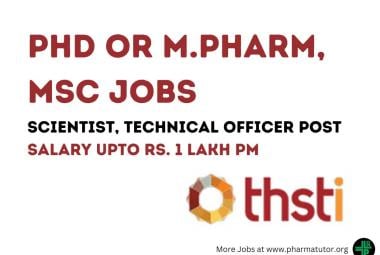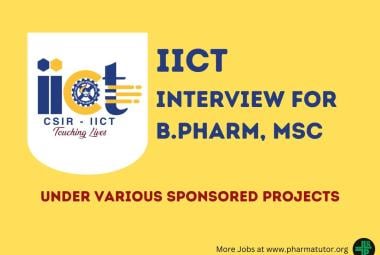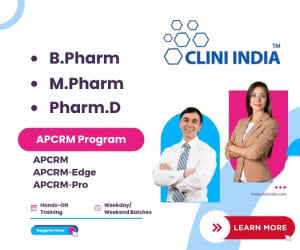 About Authors:
About Authors:
Deepak singh1*, Arpit Dixit2, Amir khan3, Vikas singh4, Abhishek sachan4
1*Department of Clinical Research, Jamia Hamdard, Hamdard nagar, New Delhi-110062
2Business executive at Merck Pvt.ltd, Ghaziabad, India
3Business executive at Cipla Pvt.ltd, Lucknow, India
4Shri RLT Institute of Pharmaceutical Science & Technology, Etawah(UP), India
*deep_singh4u21@rediffmail.com
ABSTRACT:
The present investigations, which were primarily conducted with the aim of investigating some neuropharmacological activity of Polygonum glabrum (PG), i.e. PG has got anxiolytic activity when tested against open field exploratory behavior, where as elevated plus maze did not show any positive results. The action produced by PG was more than that of diazepam in open field exploratory behaviour. Observations confirms that PG possesses significant antidepressant activity. The observed antidepressant activity of PG was qualitatively comparable to that induced by Imipramine. Pentobarbitone induced hypnosis in mice was significant potentiated by PG.PG at 100 and 200mg/kg, reduced locomotor activity in rats.The PG seems to be little or no motor incoordination effect in mice when tested against rota-rod test.PG had significant analgesic activity which is both centrally and peripherally mediated, when tested against various analgesic models in rodents.The investigations indicates that PG has significant analgesic, anti-inflammatory, antidepressant and anxiolytic actions, some of these actions, including antidepressant and anxiolytic can be rationalized on the basis of the neurochemical data emanating from this study . The present study indicate that PG can be clinically useful not only in inflammation, pain and fever, and worm infestation but also in depression and anxiety. Clinical studies are required to confirm the above mentioned activities.
 ABOUT AUTHOR
ABOUT AUTHOR


 ABOUT AUTHORS
ABOUT AUTHORS ABOUT AUTHORS
ABOUT AUTHORS About Authors:
About Authors:







.png)

